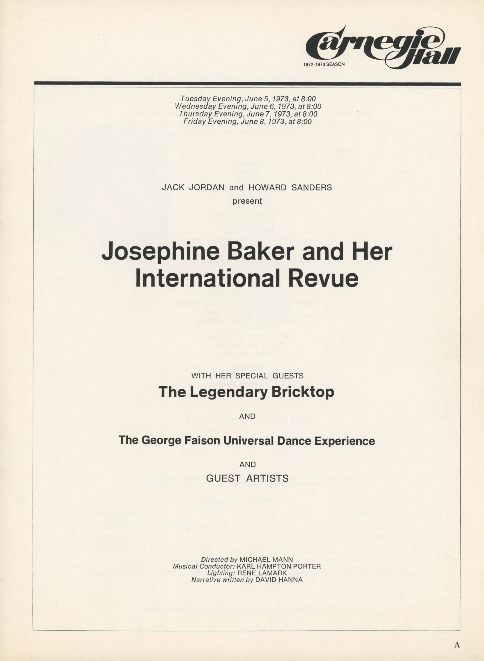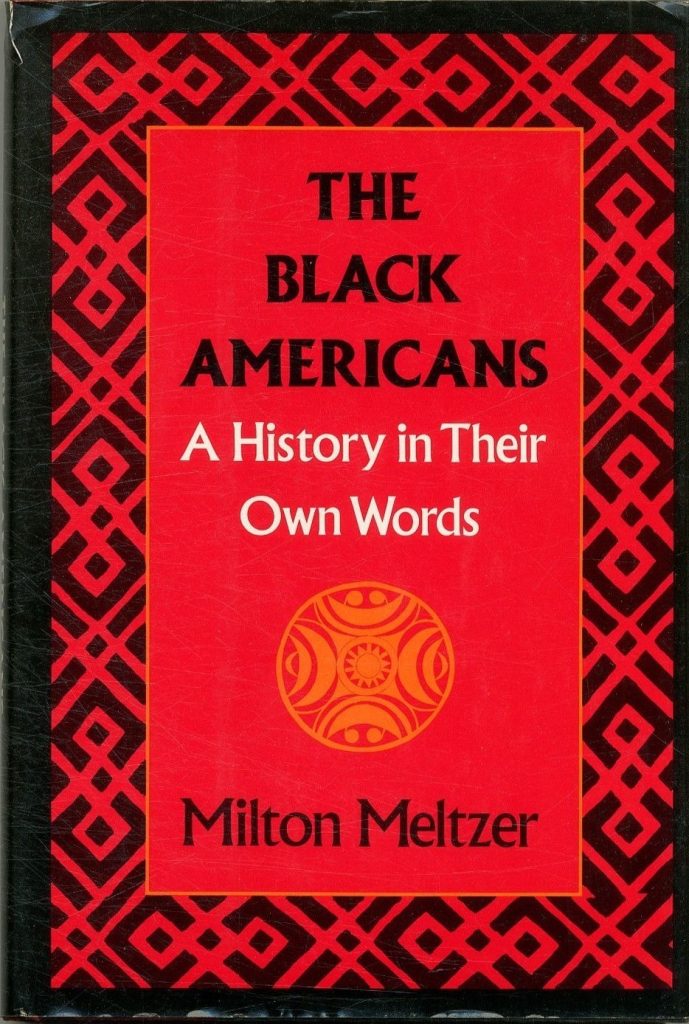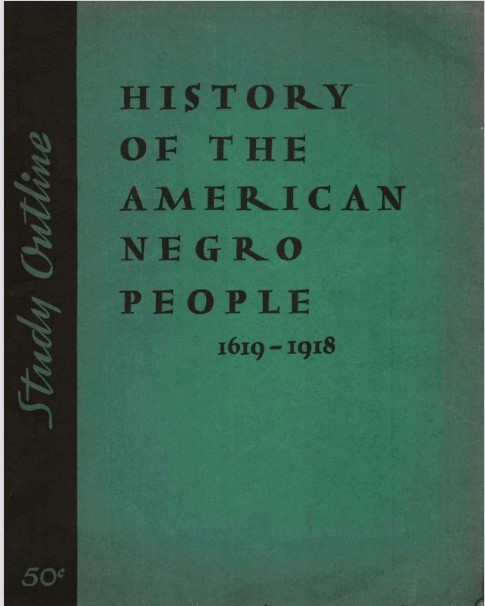This rare, four-panel pamphlet announced a petition drive and fundraising campaign in defense of prisoners indicted for the prison uprising at Attica Correctional Facility in New York from September 9-13, 1971—a landmark event in the civil rights and Black power movements.
The quote on the brochure’s cover was shouted by a Black prisoner on September 12, at the last meeting between the Attica protestors and a special observers’ committee, according to a New York Times story on September 15, 1971:
“To oppressed people all over the world,” he shouted. “We got the solution! The solution is unity!”
With 31 of the rebels dead in Monday’s bloody recapture of the prison, that statement may seem bombastic or pathetic. But for those of the observers’ committee who had chance to see the unusual society of the Attica prison yard during four brief days of visits, there is no doubt that the prisoners did achieve remarkable unity — even if it proved no solution to their problems.
The black inmate’s impassioned cry also suggests several other aspects of that strange society—its strikingly effective organization, its fierce political radicalism, its submergence of racial animosity in class solidarity.
Inspired by the burgeoning prisoners’ rights movement and after pressing authorities for better living conditions and political rights with no results, 2200 inmates at Attica Correctional Facility took over the facility on September 9 and took prison staff hostage, issuing a list of demands. On September 13, after negotiations on the demands had stalled, state police dispatched by Governor Rockefeller forcefully suppressed the revolt, ending in 43 deaths—the most deadly confrontation between Americans since the Civil War.
Activists outside the prison quickly mobilized to provide legal aid to those who had participated in the uprising, as their demand for amnesty had not been met. For several years, as the courts slowly decided the fate of dozens of participants in the revolt, these groups raised funds to hire lawyers, to broadcast the prisoners’ views of what had actually taken place, and to continue pushing for changes to the treatment and conditions of incarcerated people. Some groups also worked to resettle those who had been released back into society.
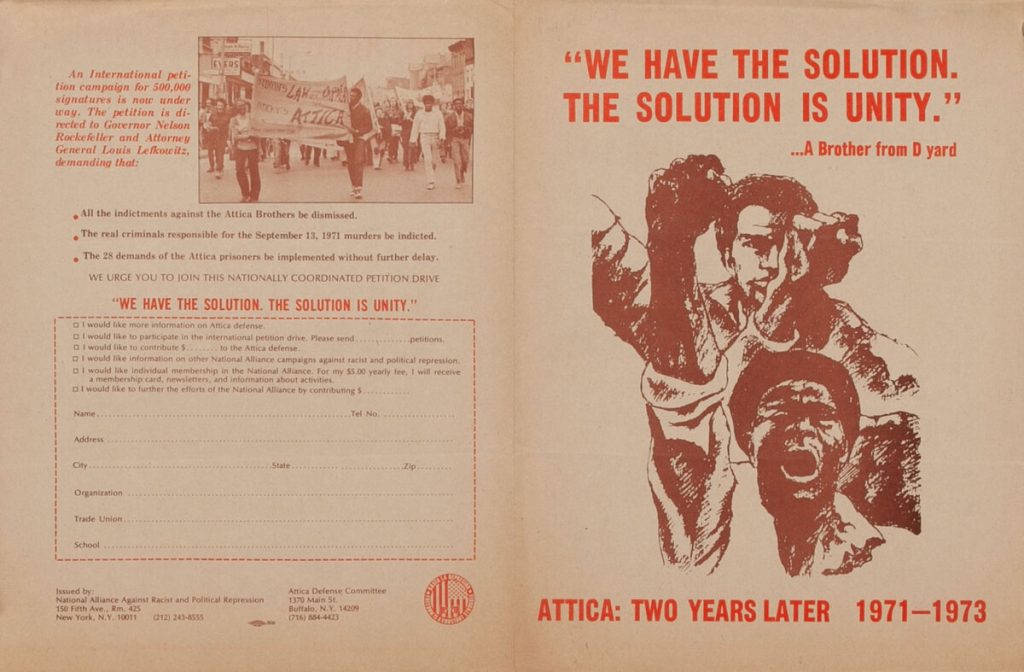
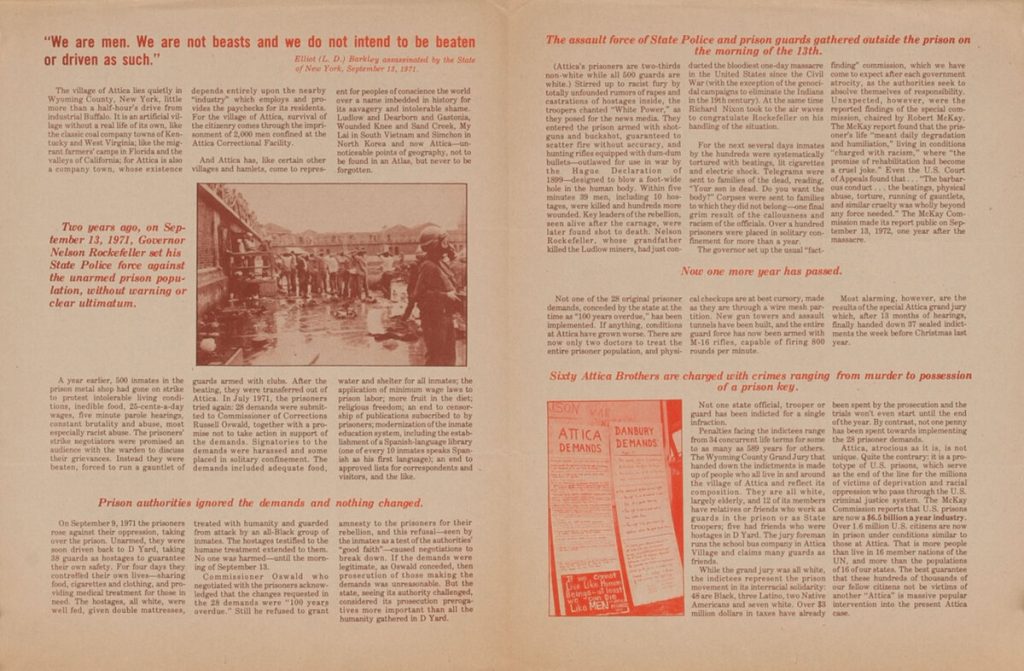
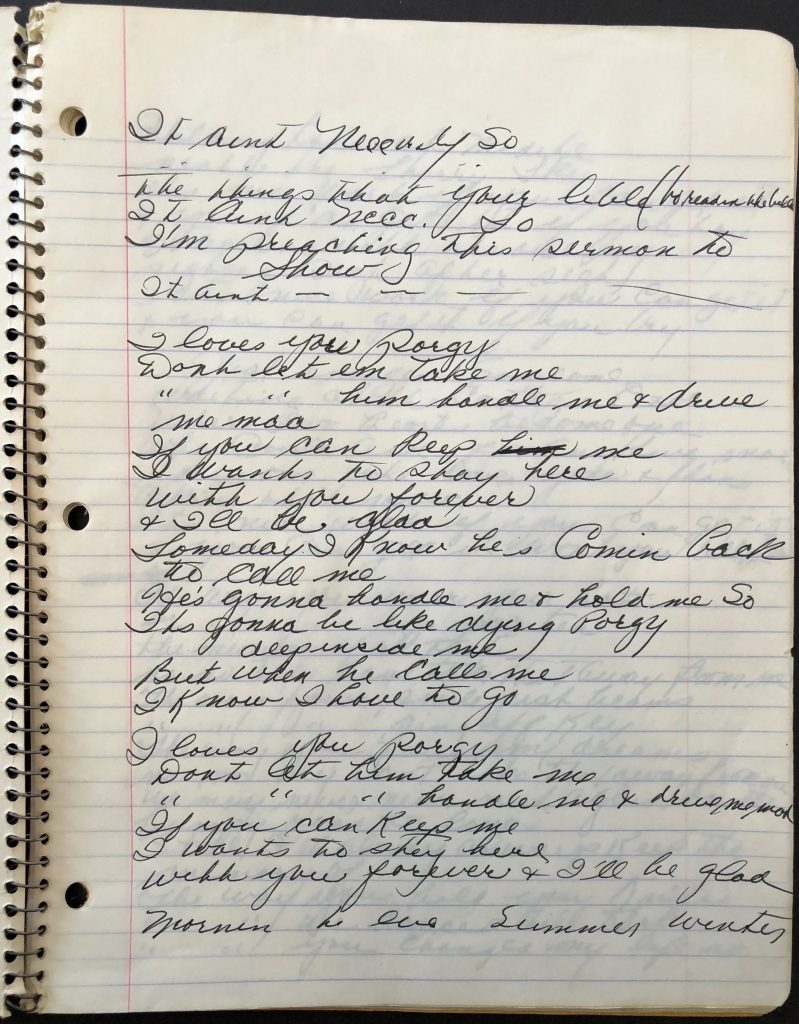
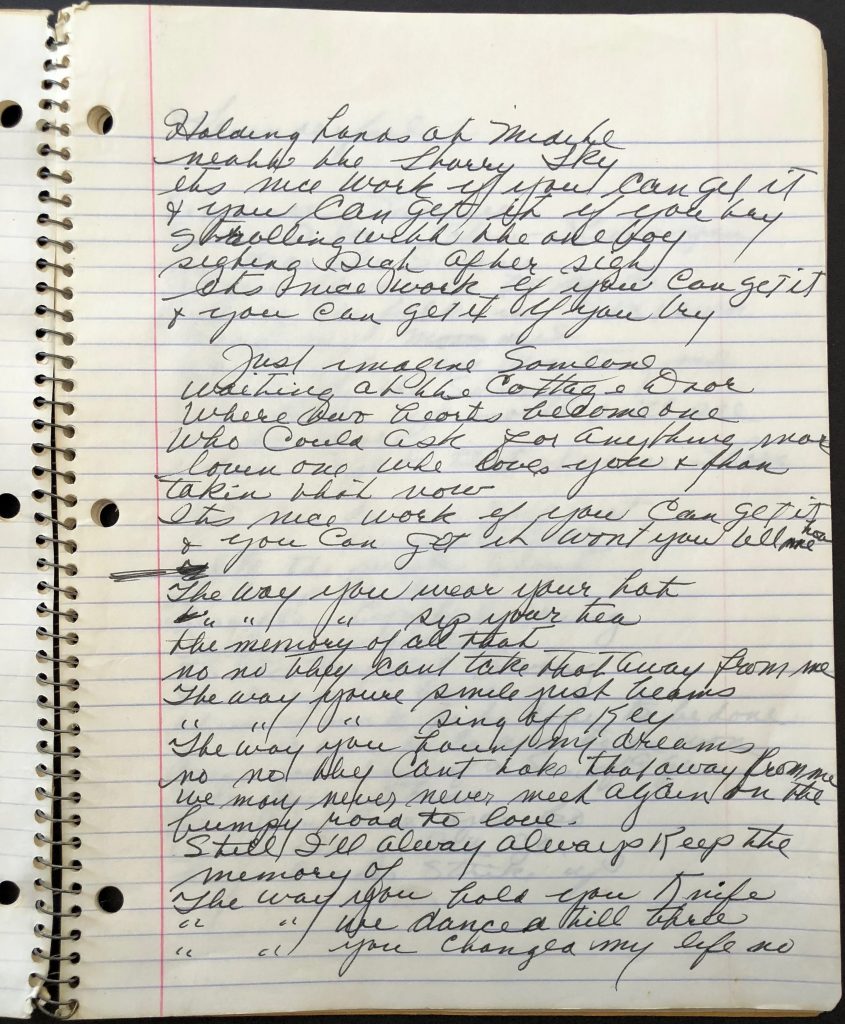
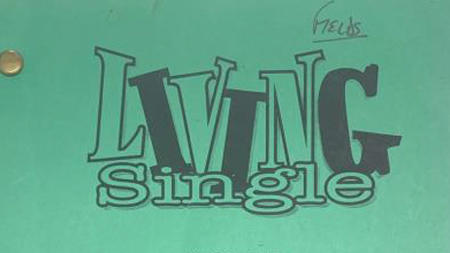
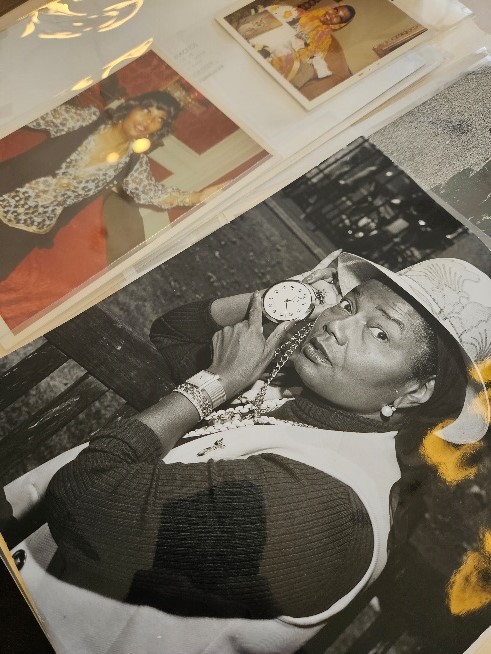
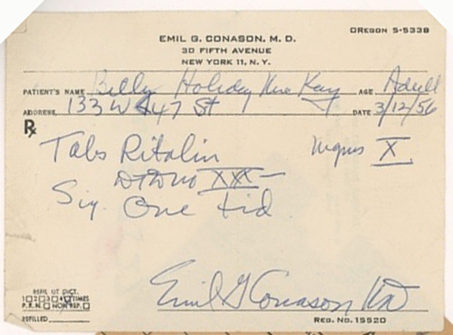
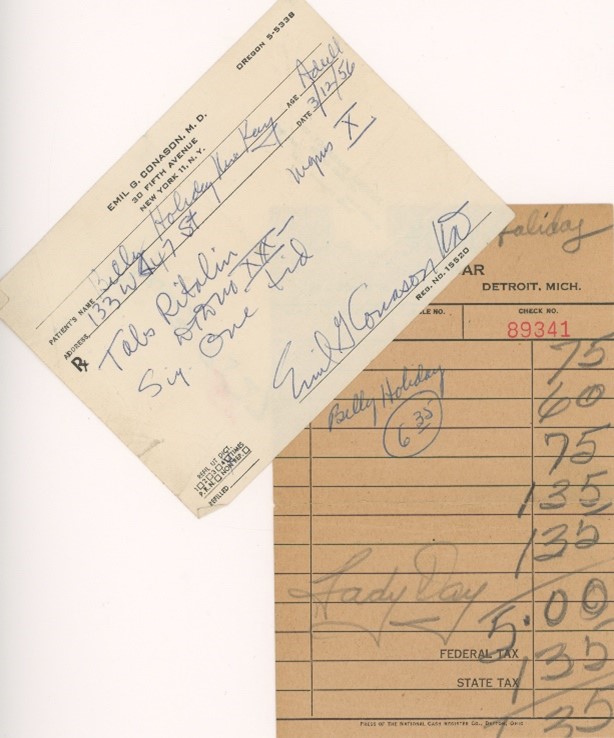
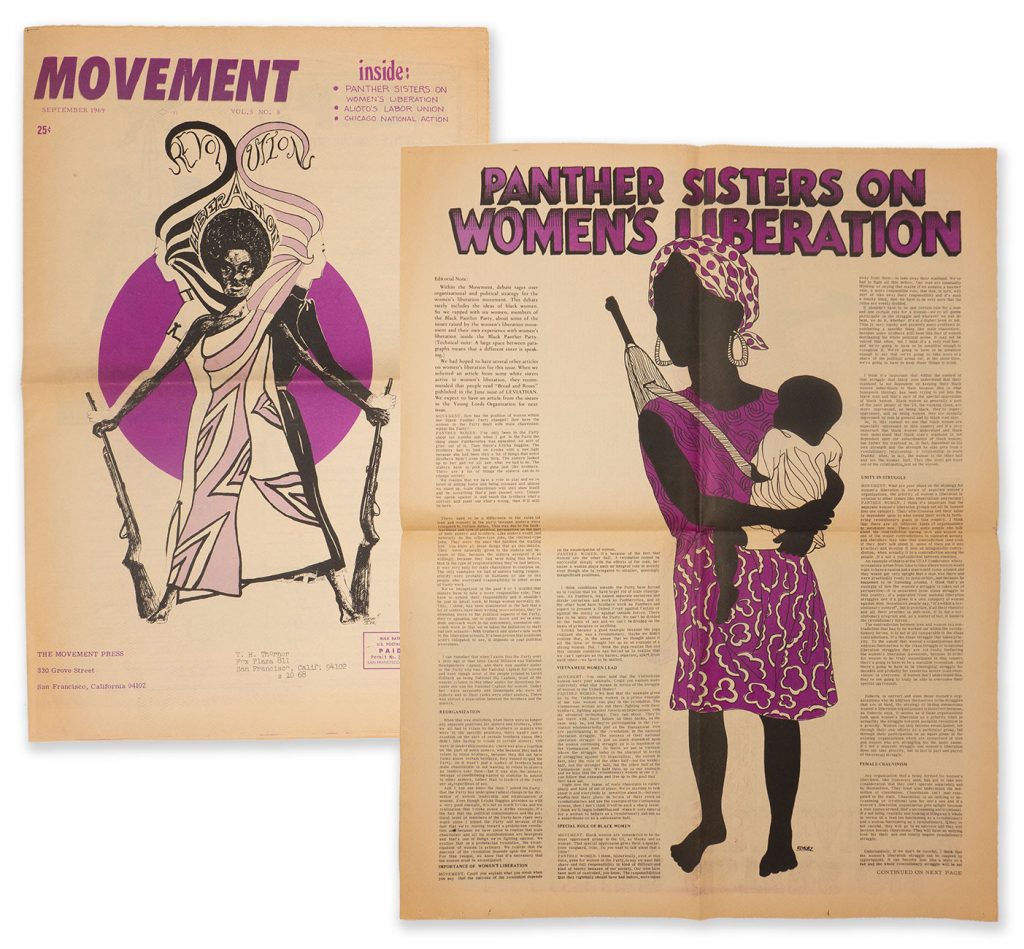
![The front cover features an image of a man with his hand on a wooden cross that is leaning sideways on the stairs of the United States Capitol building, which can be partially seen in the background. The man is standing with his back to the camera, and looking over his proper left shoulder towards the camera. There are seven (7) men and one (1) woman standing to the left and right of the man with his hand on the cross. The top third of the front cover has the masthead on the left that reads, [SOUL / force] and the date on the right that reads, [May / 1971].](https://www.library.jhu.edu/wp-content/uploads/sites/3/2023/12/SoulForce.jpg)
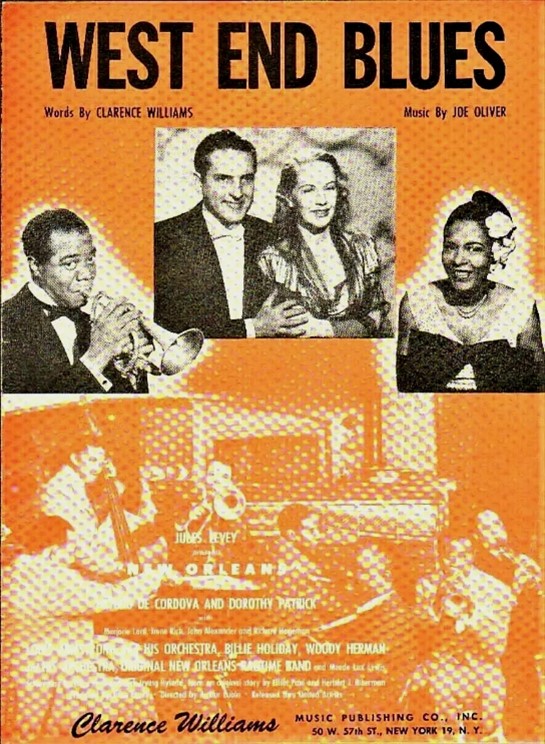 This sheet music was published by Clarence Williams Music Publishing Co., one of a few Black-owned publishing companies in the United States at the time. Williams had written the lyrics for “West End Blues,” which was composed and first recorded on June 11, 1928 by Joe “King” Oliver.
This sheet music was published by Clarence Williams Music Publishing Co., one of a few Black-owned publishing companies in the United States at the time. Williams had written the lyrics for “West End Blues,” which was composed and first recorded on June 11, 1928 by Joe “King” Oliver.